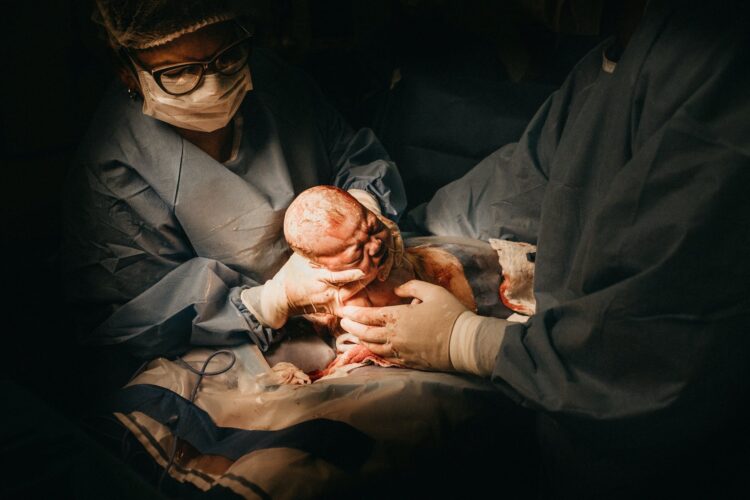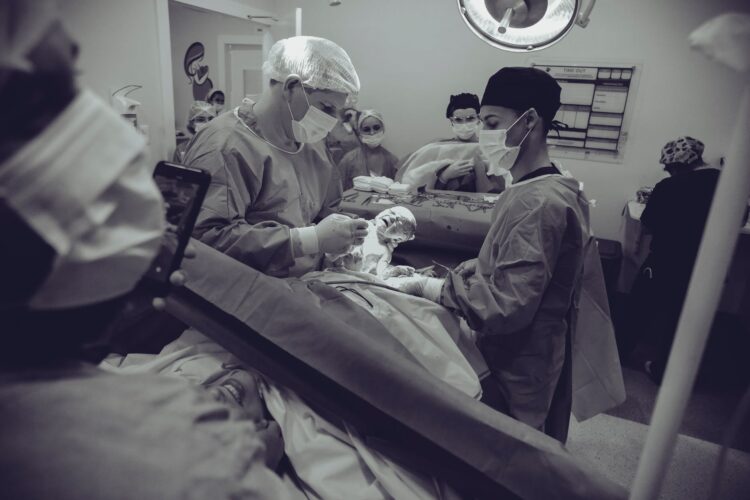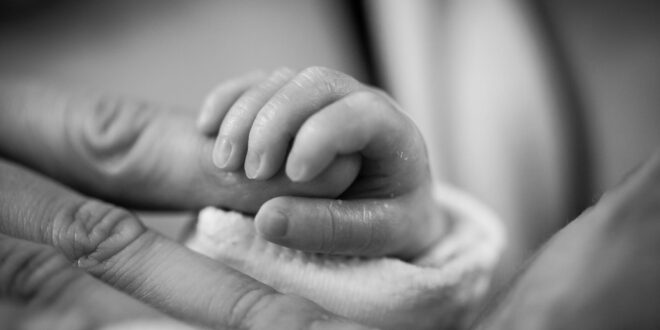Roughly 1 in every 9,714 babies in the U.S. are born with a birth injury, the Birth Injury Guide reveals. Cerebral palsy, spinal cord injuries, bone fractures, facial paralysis, and Brachial Plexus Palsy (Erb’s Palsy) are some of the most common injuries. Although we live in an age of advanced medicine, a number of disabilities are caused by medical negligence, which ends up turning a healthy baby into a disabled one. It’s therefore important parents know what to look out for in order to stop preventable birth injuries occurring.
What conditions cause birth injury?

These injuries can be caused by a number of internal or external conditions. For example, the shape or size of the mother’s pelvis can make delivery more dangerous if the baby has to struggle and consequently experiences a lack of oxygen. Prolonged or difficult labor or delivery can make the process harder for the baby and result in injury. Additionally, a birth injury can occur if the fetus is positioned awkwardly (like breech births). Larger babies are often more difficult to birth (typically weighing over 8 pounds and 13 ounces). If a baby’s born prematurely (before the 37th week of pregnancy), they’re also at higher risk of the injury; this is because the baby’s nervous system and muscles aren’t yet fully developed. External physical injuries during the birth process can also cause serious injuries. These injuries can occur when doctors use delivery methods involving forceps or vacuum extraction.
Direct causes of birth injury

The causes of such injury are usually categorized as either: oxygen deprivation, delayed birth, medical malpractice, or other causes. Oxygen deprivation — the most common cause of brain-related injuries — can be the result of underdeveloped lungs in premature babies and prolapsed umbilical cords. When brain injuries are severe, they can affect the individual for life. Alternately, delayed birth — when labor lasts longer than 18 hours — increases pressure on the baby’s brain. In turn, this can cause high blood pressure, potentially stroke, and other heart issues. Although medical staff is educated and trained on the childbirth process and understands the inherent challenges and risks, medical malpractice or negligence can sometimes occur if members of staff are inexperienced or impatient. In particular, the use of forceps and vacuum extraction can cause brain damage. Negligent staff may also fail to correctly monitor the mother and pick up on vital issues like poor oxygen flow to the baby’s brain.
As for other causes, there are a number of different issues that also have the potential to result in a birth injury. For example, specific medications (including SSRI medications) can cause such injury. Expectant mothers should be aware of the potential side effects of taking or stopping medication during pregnancy and discuss the benefits and risks with their doctor. Additionally, viral or bacterial infections (either in the mother or baby) during pregnancy can also cause birth injury. If the baby is manipulated inappropriately during delivery, it may struggle to pass through the birth canal and experience low oxygen levels.
The most common birth injuries

Brain-related injuries commonly result from a lack of oxygen (such as, birth asphyxia, hypoxia, perinatal asphyxia, and anoxia). Cerebral palsy is the most common brain-related injury; it affects roughly 2-3 out of every 1000 children. The condition typically develops in babies after oxygen deprivation or infant stroke or infection. In most cases, cerebral palsy could have been prevented by correct medical intervention. For example, failure to detect and treat infection, perform an emergency C-section, or use birthing tools correctly can result in cerebral palsy.
Alternatively, muscle-related birth injuries can typically be the result of medical malpractice like bruises, cuts, or broken bones. For example, brachial plexus occurs upon injury to the upper arm, usually during delivery. As well as causing weakness and a burning sensation in the arm, the shoulder and hands may also be affected. Erb’s palsy is a different type of brachial plexus; it results in weakness and loss of feeling in the arm and sometimes complete paralysis. Klumpke’s palsy is another common form of brachial plexus. It’s caused by damage to the lower arm, which extends to the wrists and fingers. It usually results in total paralysis in the arm and the handheld permanently in a“claw-like” position.
What to do in case of birth injury

If you suspect your child has a birth injury, talk to your doctor immediately. They’ll be able to diagnose your child’s condition and determine the scope of the problem, as well as find out what caused the injury. You may even want to get a second opinion from another qualified doctor — especially if such an injury is particularly severe or requires ongoing or complex treatment.
Birth injuries can be frightening and distressing for parents and infants alike. Most conditions typically result in a number of special needs, including, ongoing medical care and regular hospital visits, therapy, and specialized medical devices. This medical care often costs millions of dollars over the course of a child’s life. Fortunately, financial compensation may be available to families with children who were injured at birth, explains JJS. It’s common for medical staff to attempt to avoid liability by labeling mistakes as “unpreventable”. A reputable and experienced attorney can help determine the cause of your child’s injury. In particular, they can help arrange necessary medical examinations to determine if the birth injury was avoidable or not. If the injury was preventable and the result of medical negligence, your attorney can legally pursue an appropriate claim, as well as refer you to recommended doctors who can help and support your child.
It is important to understand the various internal and external conditions that lead to birth injury, so they can be identified and avoided. If such injury does occur as the result of medical negligence, parents can seek birth injury compensation to ensure your child is adequately cared for throughout their life.
 Hi Boox Popular Magazine 2024
Hi Boox Popular Magazine 2024



